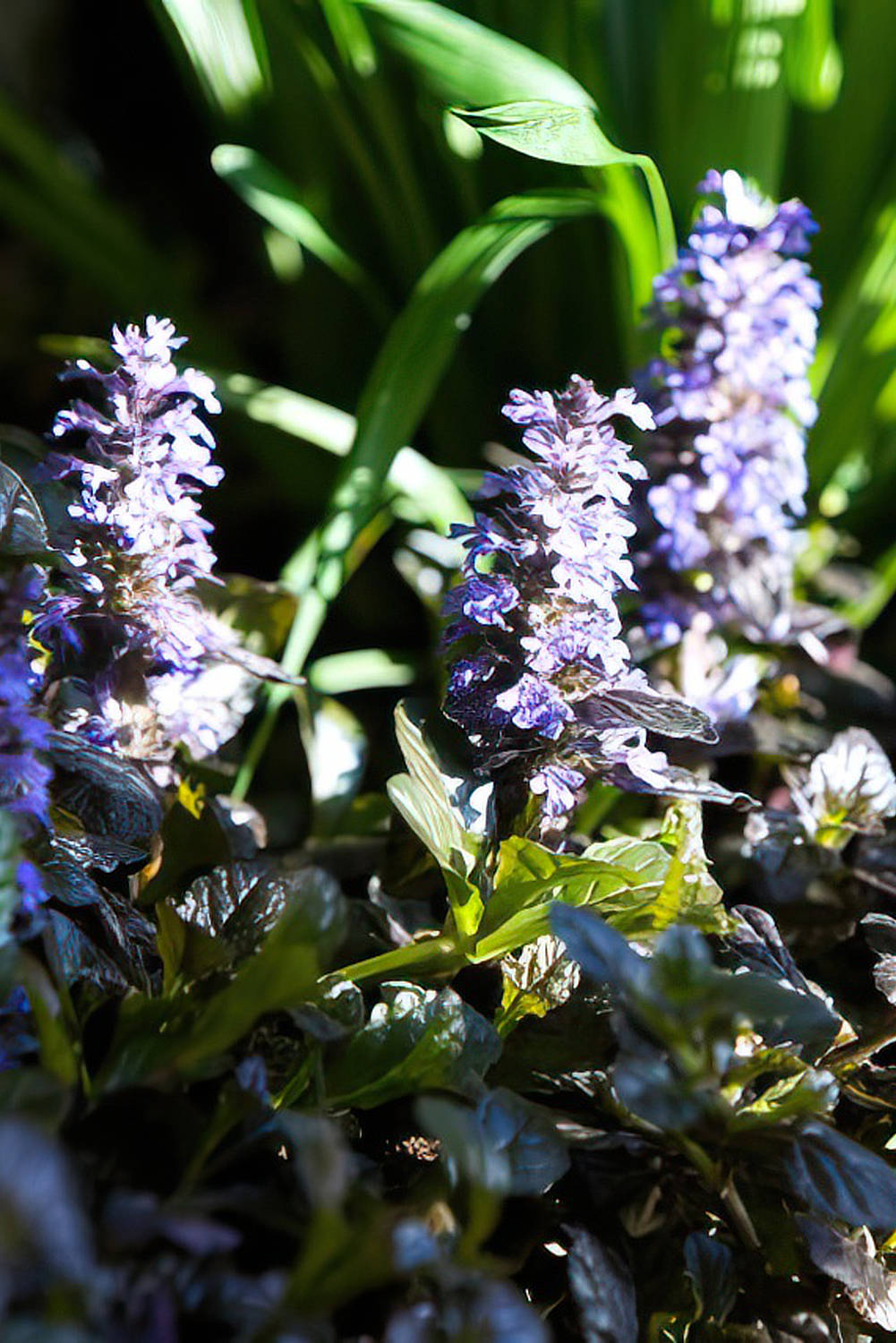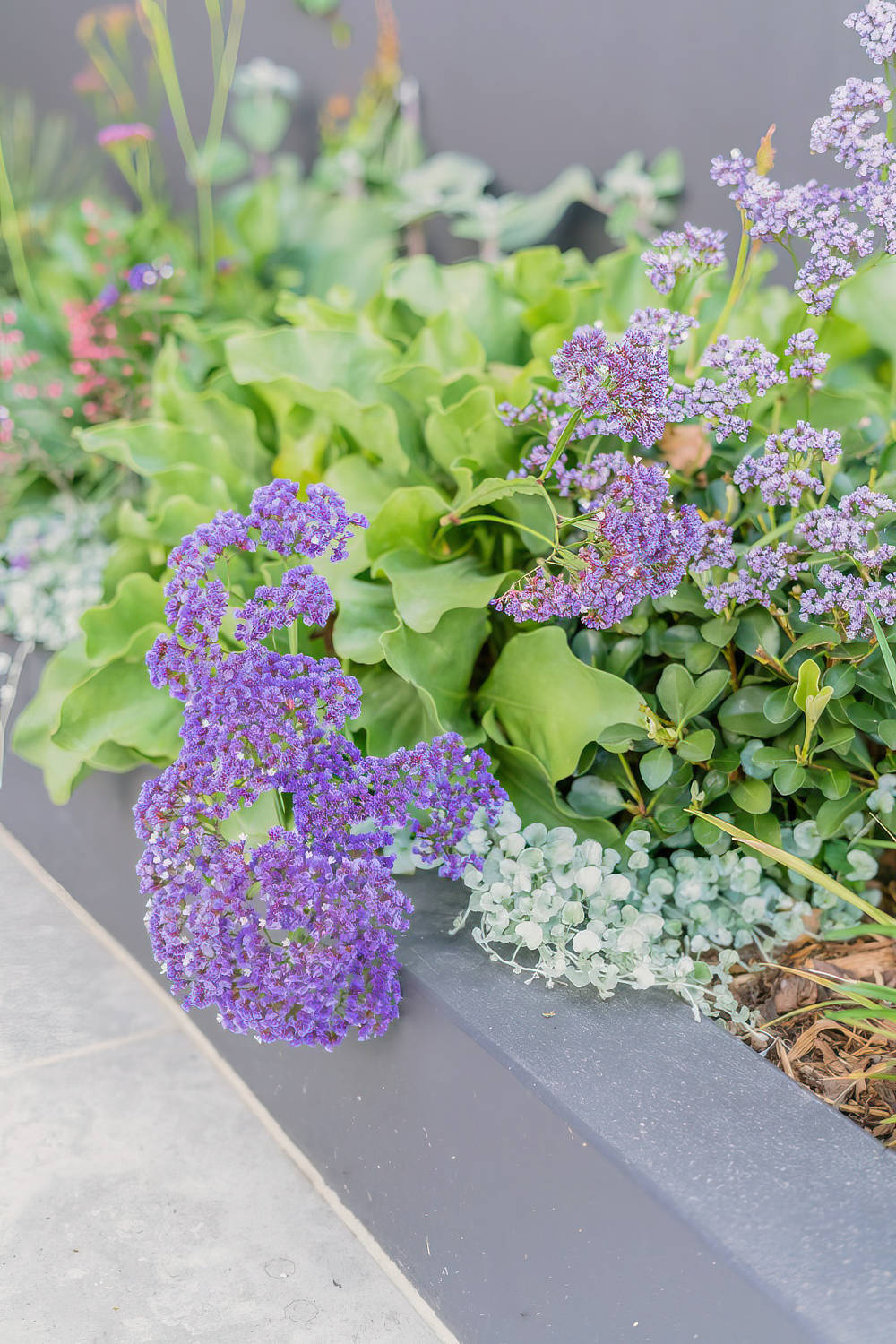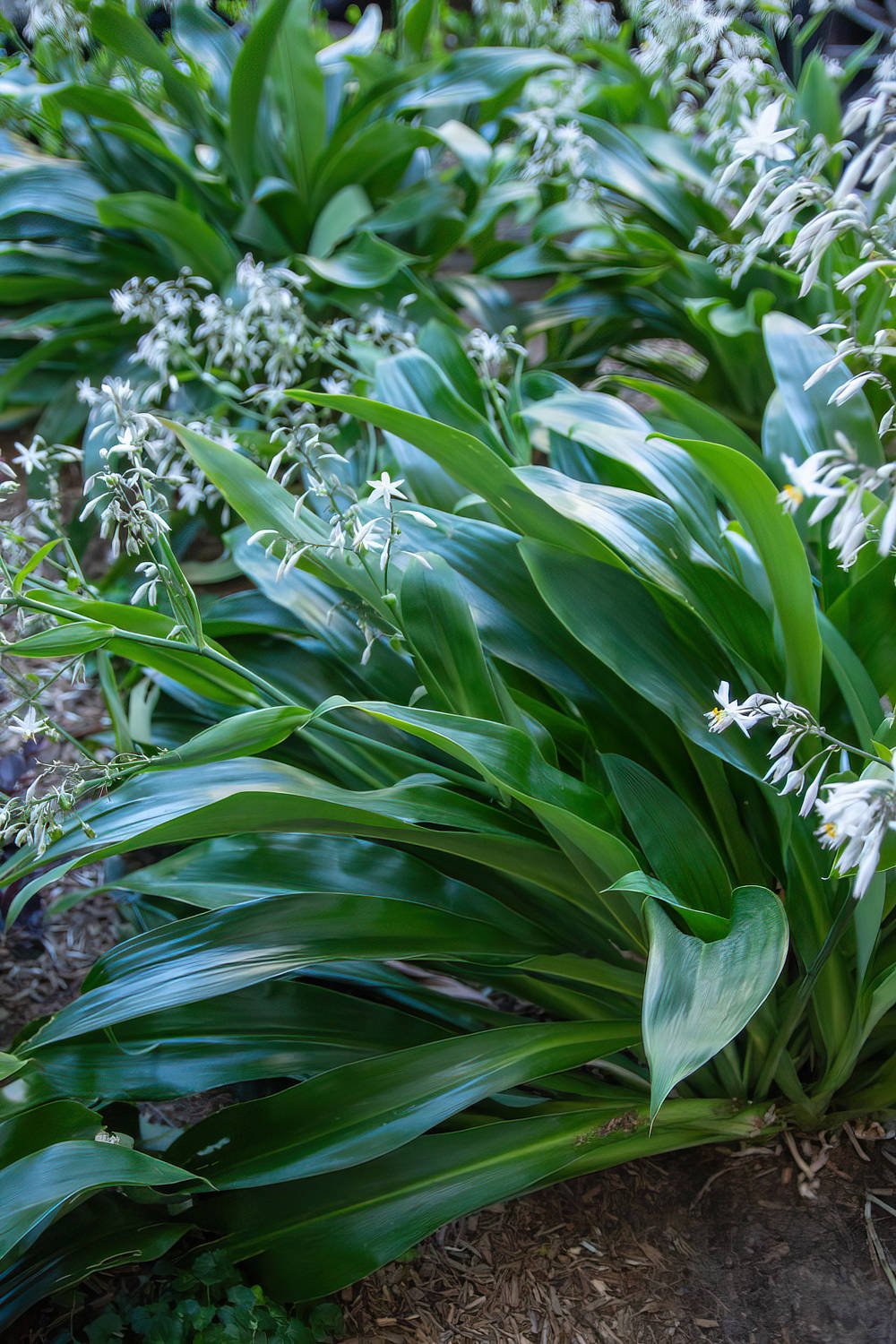I love this time of year, the mornings are crisp and fresh but the days still warm, it’s a delight to be out in the garden pottering about. If you’ve got a spare day you could tackle all of the jobs I’m getting stuck into this weekend or if you only have an hour you could try one that takes your fancy.
Getting a jump on your winter veggies now will mean you take advantage of the warm day time temperatures. This heat will increase the plants size but as the seasons roll on the cooler winter temperature will give things like broccoli, cabbage and cauliflower the drop in temperature they need to intensify their flavour. If you don’t have the space in your vegetable patch just yet you could start some seedlings in a grow bag.
Grow bags are basically a bag that has a growing media in them ready for direct planting. Puncture some drainage holes in the bottom, cut some holes in the top and you are ready to plant up some seedlings. The bag will have enough nutrients in them for 6-8 weeks of growth and then you can move them on to your raised veggie patch. If you don’t have raised veggie patch or are limited on space you can continue to grow the plants in the grow bag but I suggest feeding with a liquid feed every 10-14 days to get the best out of your plants.
Fertilising your veggie patch will give the last of the seasons crops a push until you swap them out with your winter crops. I like to use blood and bone as it’s a versatile fertiliser that once watered in is fast acting. A couple of good handfuls is all most veggie patches will need.
If you have citrus try to avoid fertilising them as this will produce fresh new growth that will be susceptible to attack from citrus gall wasp that is out now and through winter.
I like to give my compost a good clear out to make as much space as possible for any autumn leaves that are about to fall. Cut up any larger twigs and sticks that haven’t broken down and sift out all the black gold that is ready to go into the garden. This can be dug through bare patches of earth or used as a mulch in mature areas of the garden. It’s a good idea to add a couple of handfuls of blood and bone to the compost to give it an extra boost of nutrients too.
It’s the perfect time to add a splash of colour to the garden with some autumn and winter colour such as Plectranthus for shady spots or Chrysanthemums if you have a sunny area. These plants can go directly out in the garden but also work just as well in pots. Selecting plants that have buds on them rather than flowers will prolong the amount of time you’ll get to enjoy the blooms. Use a premium potting mix or add compost to the soil if planting out to ensure they have all the nutrients they need to produce strong long lasting flowers.
Take your gardening indoors and give your indoor potted plants a good soaking. I collect all mine up, take them to the bathroom and give them a shower for 10 minutes. This will wash all the leaves clean and fully saturate the root balls.
eing here.




